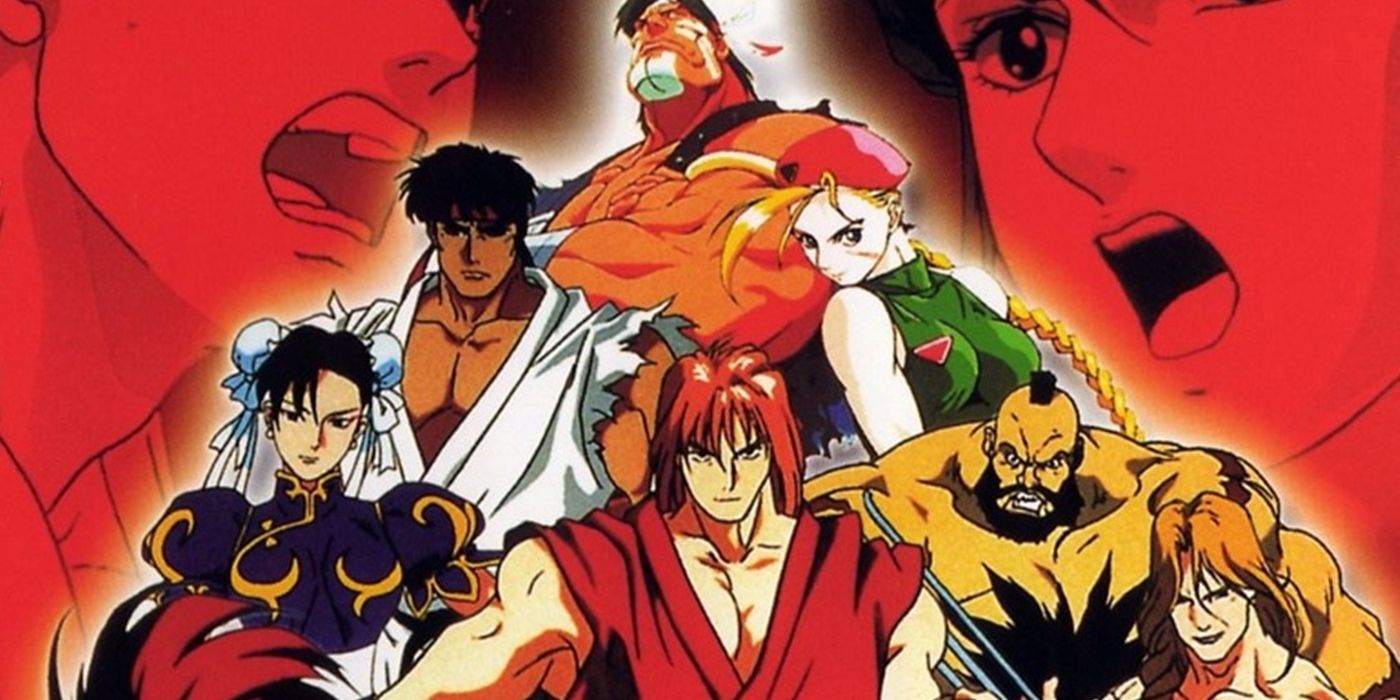
Anime movies based on video games can be a hit or miss proposition. In some cases, the anime actually came first, but when the video game is the source material, there may not be much other than fighting to construct a decent storyline with.
Street Fighter was the defining game for a generation of kids who hung out in the arcades that were a fixture of shopping malls in the 1990s. The anime movie came out in 1994. In contrast with the much-maligned live action version starring Jean-Claude Van Damme that came out the same year, and despite some details that have aged, Street Fighter II: The Animated Movie is still the best video game movie around.
10 The Fights Are Realistic And Spectacular
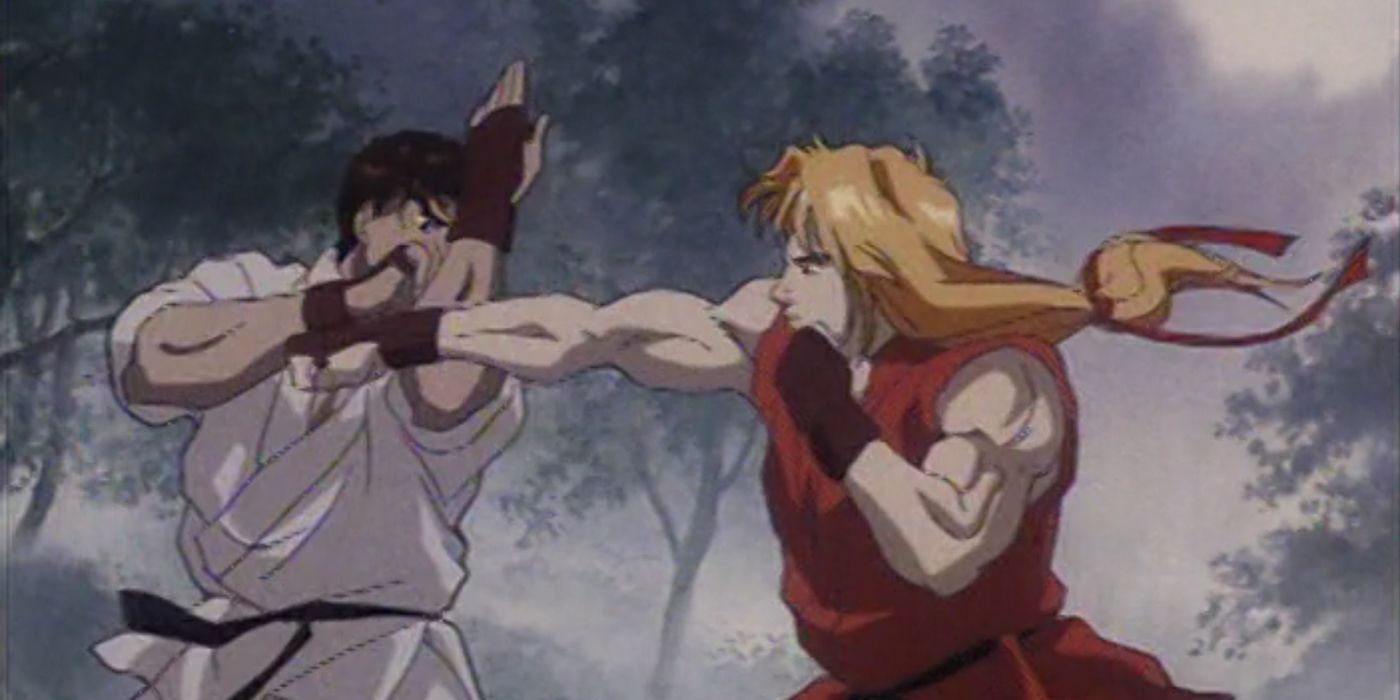
Animators saved their best work in the movie — rightfully so — for the fight sequences. The fighters, despite their sometimes implausible proportions, seem realistic, as does the actual action. The opponents work through a series of steps that lead up to the special moves that were a signature of the video game, making it seem just about doable in real life.
Choreographed by K-1 founder Kazuyoshi Ishii and professional fighter Andy Hug, the fights are a highlight, including Chun-Li's gritty takedown of Vega. Her spinning bird kicks are nothing short of spectacular.
9 A Cool Soundtrack Sets The Mood
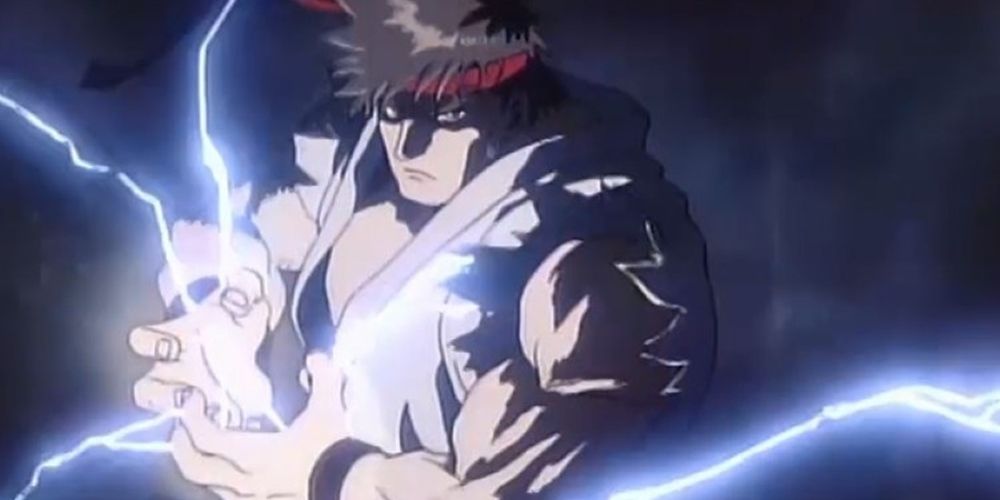
The English version of Street Fighter II, first released direct to video in 1995, may have one of two soundtracks. The first is the same as the Japanese version, which includes the usual 1990s-flavored anime staples – synthy jazz-pop and soft rock songs by artists Big Life and Alph Lyla.
There's also a US-specific English version that has a completely different soundtrack and flavor. With an overall grunge and industrial tone, it includes tracks by Korn, KMFDM, Alice in Chains, and Silverchair, with other music composed by Cory Lerios and John D'Andrea of Baywatch fame.
8 It Has An Iconic 1990s Vibe
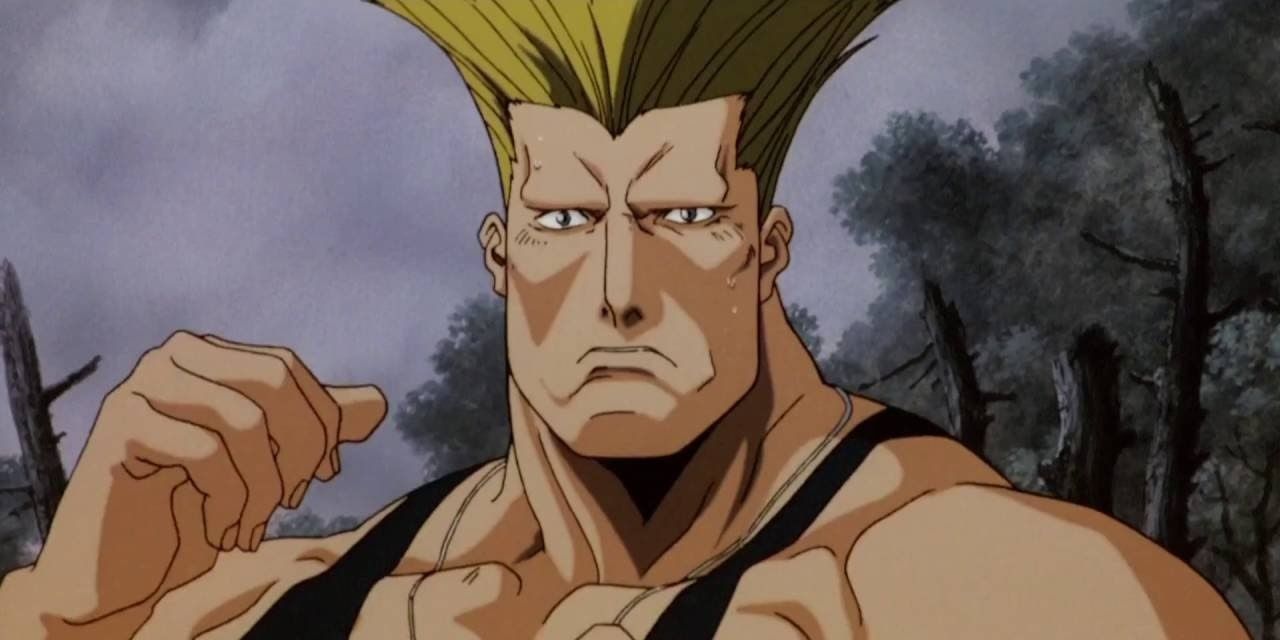
It's a fact that the core gameplay of the Street Fighter series in the 2D one-on-one version has remained almost unchanged since the game debuted in arcades in 1987, and it lives on in home versions designed for modern gaming consoles. Consistency over the years gives the anime movie current relevance, even as its signature look is all 1990s, from Guile's Mustang and stand-up hair to the dated phone tech and fashions.
7 Fan Favorites Become Fully-Realized Characters
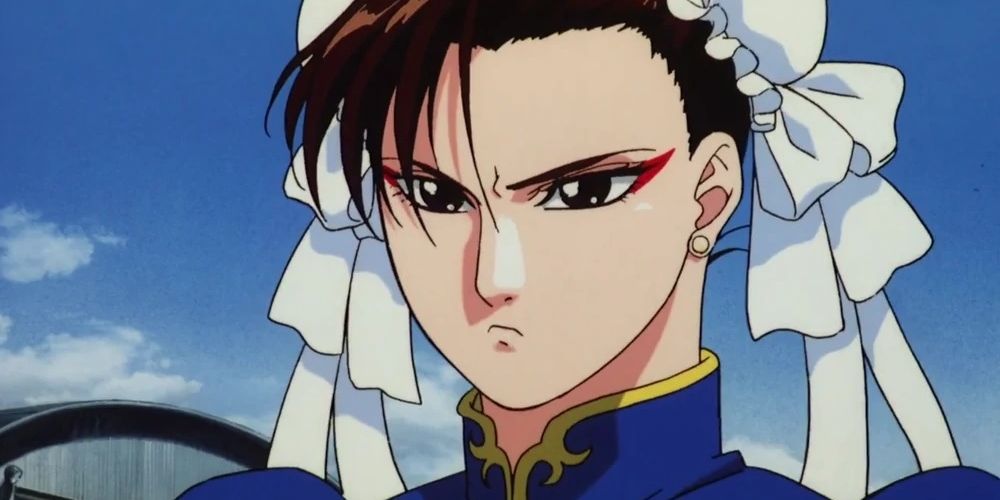
The story revolves around four fan favorite characters: Ryu, Ken, Chun-Li, and Guile. In the game, Ryu and Ken are nearly interchangeable. In the movie, they become separate characters, Ken more of a player in opposition to Ryu's seriousness and singular dedication to fighting.
Chun-Li is an investigator with Interpol, and she has to pair up with U.S. Air Force Captain Guile, who's not happy about it at first. But Chun-Li, dedicated with a playful side, manages to win over the surly Captain.
6 Most Of The Game's Characters Make An Appearance
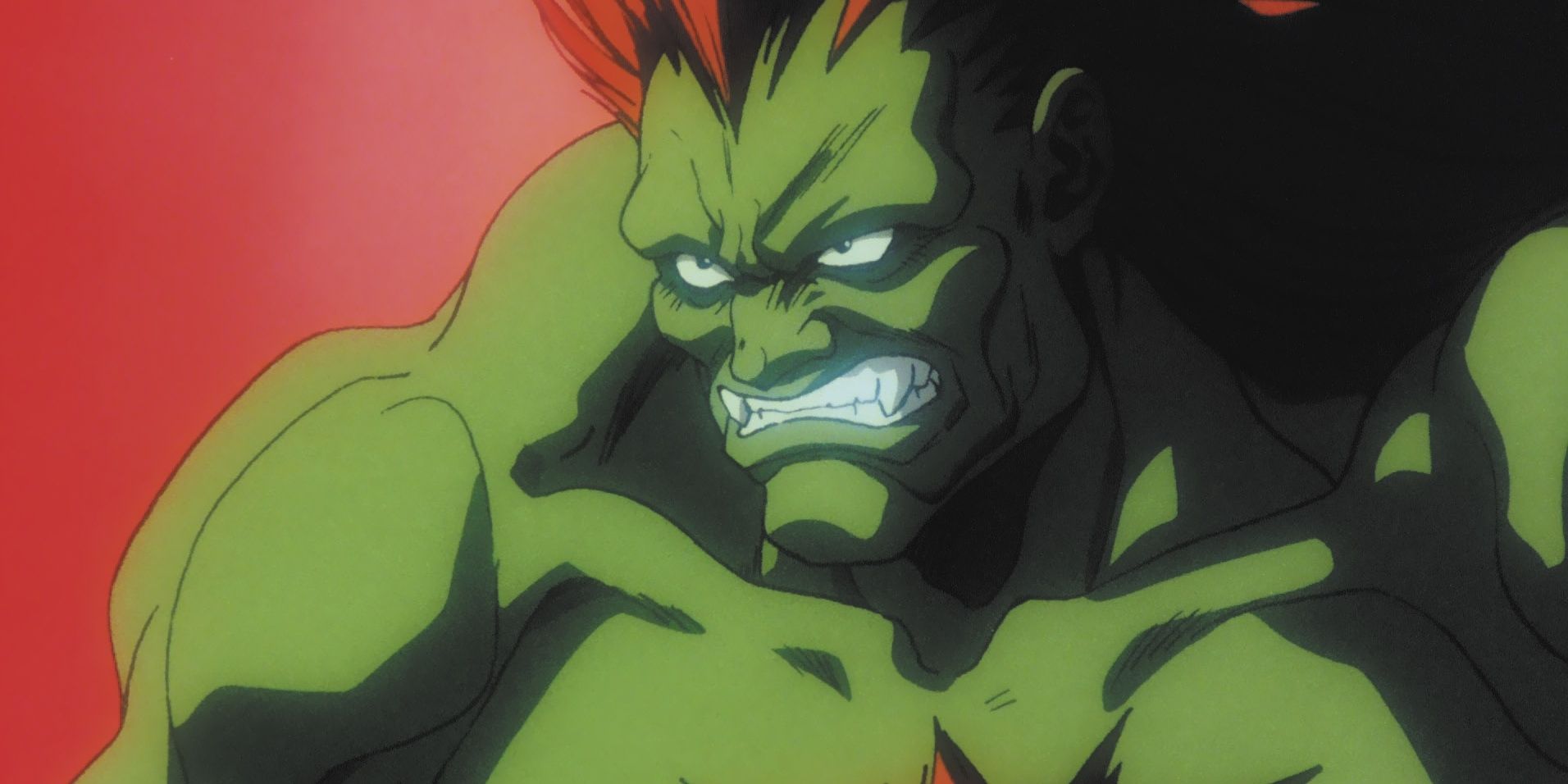
Along with the four main characters, the movie gives fans the satisfaction of seeing most of the characters from Super Street Fighter II Turbo in action.
Akuma only gets a very short cameo appearance, but it's a fight between Ryu and Sagat, a Muay Thai specialist, that opens the movie, Ryu using his Shoryuken to scar Sagat's chest. Ryu also fights Fei-Long, Dhalsim, and E. Honda on his travels. Ken Masters is challenged by T. Hawk. Dee Jay appears, and Vega shows up for a battle with Chun-Li.
5 M. Bison Becomes A Truly Evil Villain
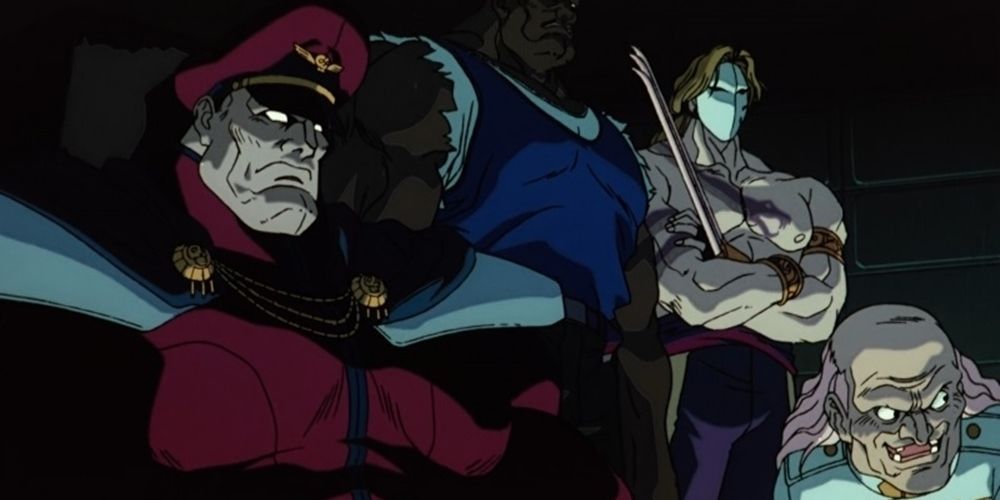
In the video games, M. Bison, called Vega in Japan, began as an unplayable boss in the Street Fighter II game. As such, he offered little in the way of a personality or a real sense of danger, other than the fact he could beat most players most of the time. His portrayal in the movie goes beyond the usual self-declared world ruler to delve into his madness, creating a figure with a real sense of menace. For game fans, it was a nice way to add depth to the game's lore.
4 It Includes A Decent Storyline That Actually Involves All Four Main Characters
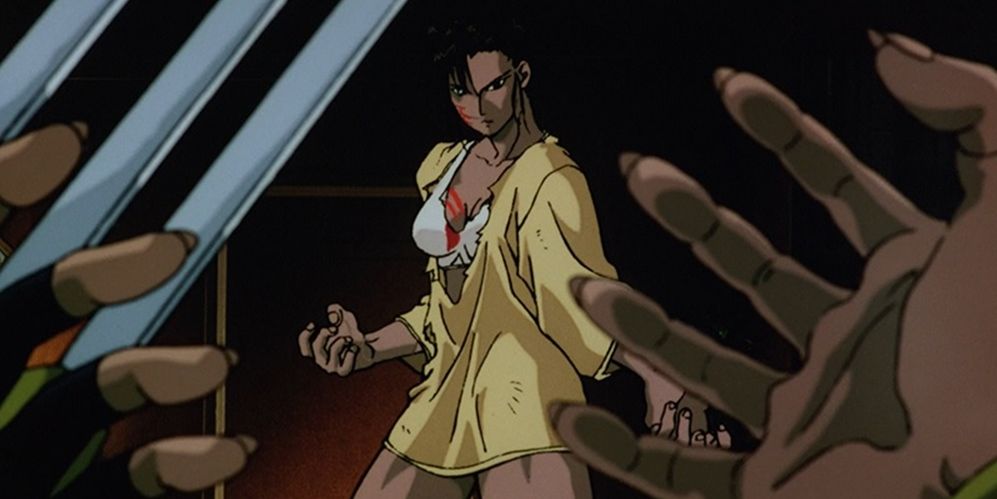
Most of the action, and the attention, revolves around the fight sequences. Still, the movie's creators did take the time to craft a story that wraps all of them together. In the case of Ryu and Ken, there are flashbacks that add to fans' understanding of the characters' origins, along with fights in the current story.
Chun-Li and Guile are paired in an intersecting plot, teaming up to warn top Street Fighters about Shadowlaw's evil plan to enslave them.
3 There’s Enough To Please Both Gamers And Non-Gamers
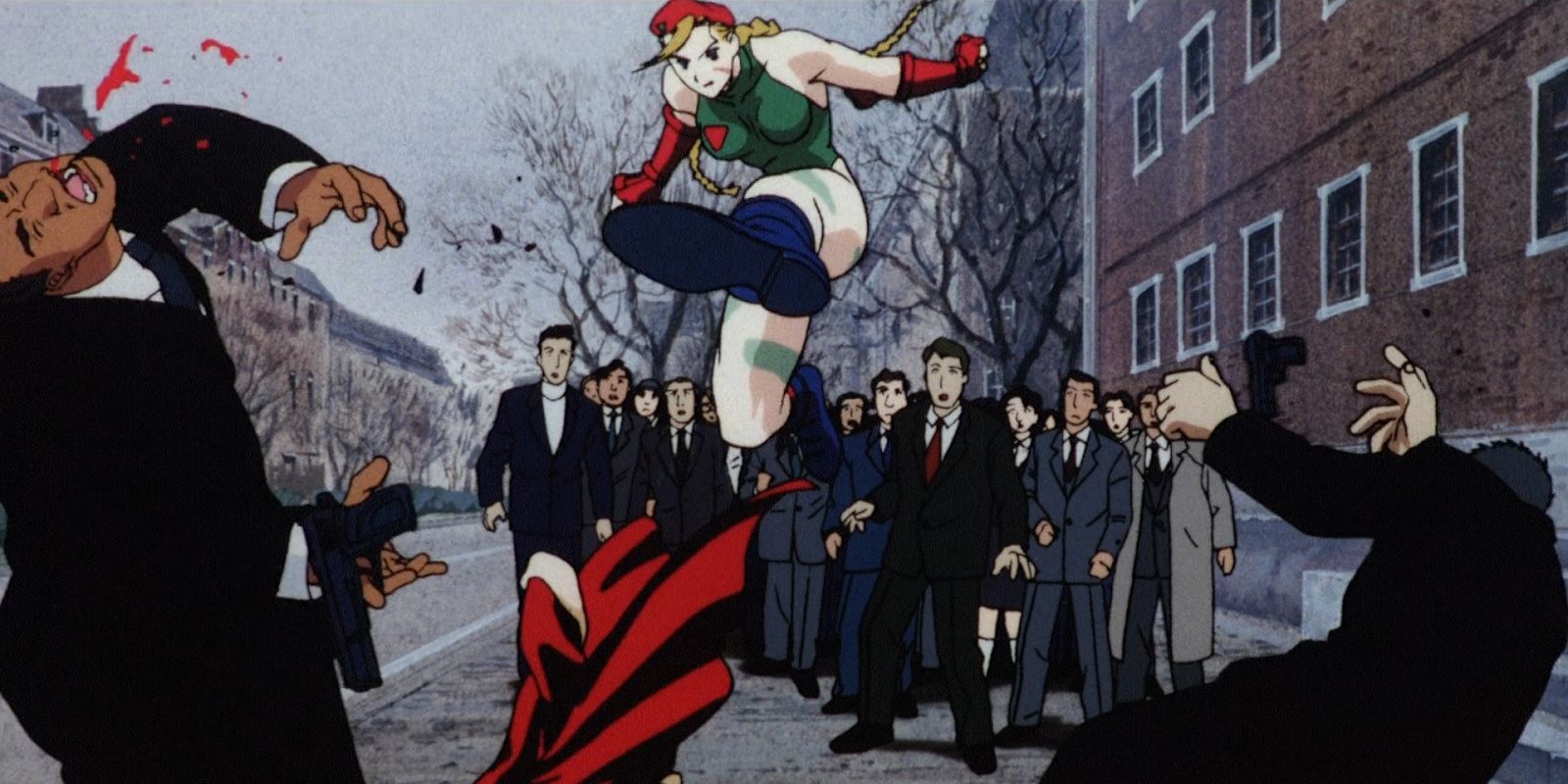
During the movie’s many fight scenes, as that final blow or special move is made, the action pauses for a second or two and stats flash on screen in the grid pattern familiar to gamers. It's a nod to the movie's origins, but it passes in a matter of seconds, not long enough to interrupt the action. At the same time, there's a story that does a little more than flesh out the intervals between fights and a roster of unique characters.
2 The Grounded Worldbuilding Withstands Scrutiny
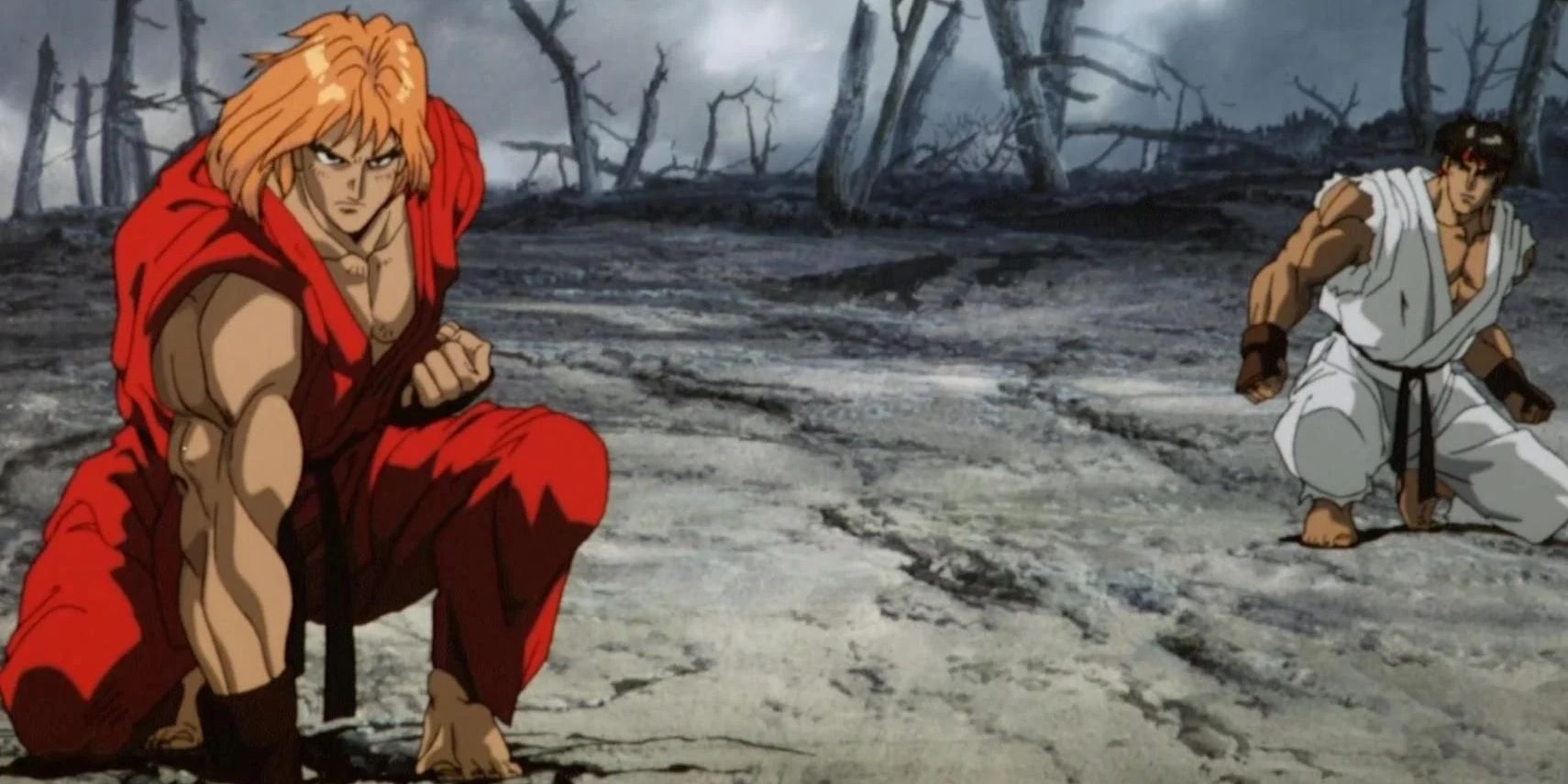
Outside of the fight sequence action, it's true that the animation becomes less impressive. But as the characters are driving along or the camera's eye zooms in on them, the scenery and backgrounds are intricate and realistic.
The Himalayas emerge in one shot in a detailed drawing. Likewise, Las Vegas is depicted in all its glitzy glory, as is M. Bison's suitably impressive lair. Overall, the movie succeeds in creating a realistic world where it's easy to believe that extravagant Street Fighting may just exist.
1 The Attention To Detail Is Impressive
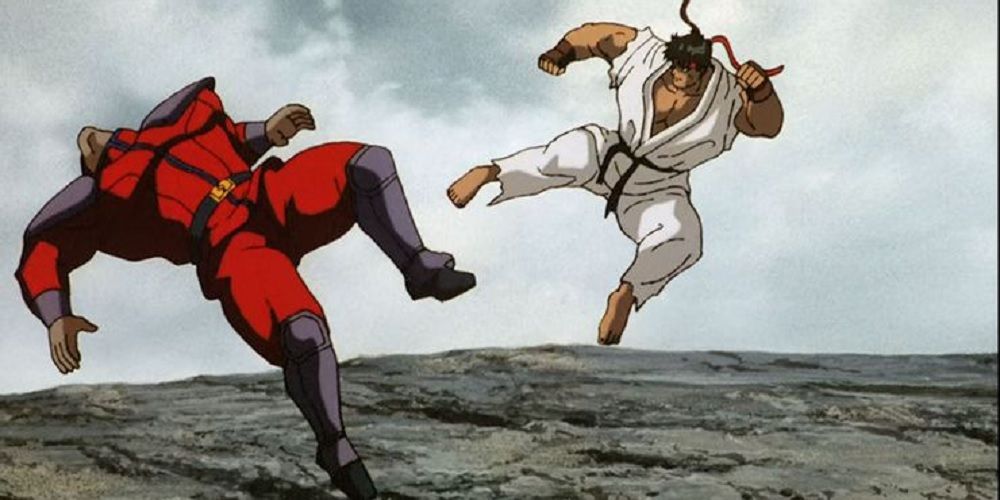
Anime fans have come to tolerate a wide range of potential outcomes when it comes to their favorite shows. It's not the talent of the animators that's usually in question — it's usually the budget for the production. In Street Fighter II, there's an impressive level of attention to detail in the art, from the creases in Guile's pants to a random bird seen through a window, and it's even more impressive since the filmmakers were reportedly working against tight deadlines.
0 Comments